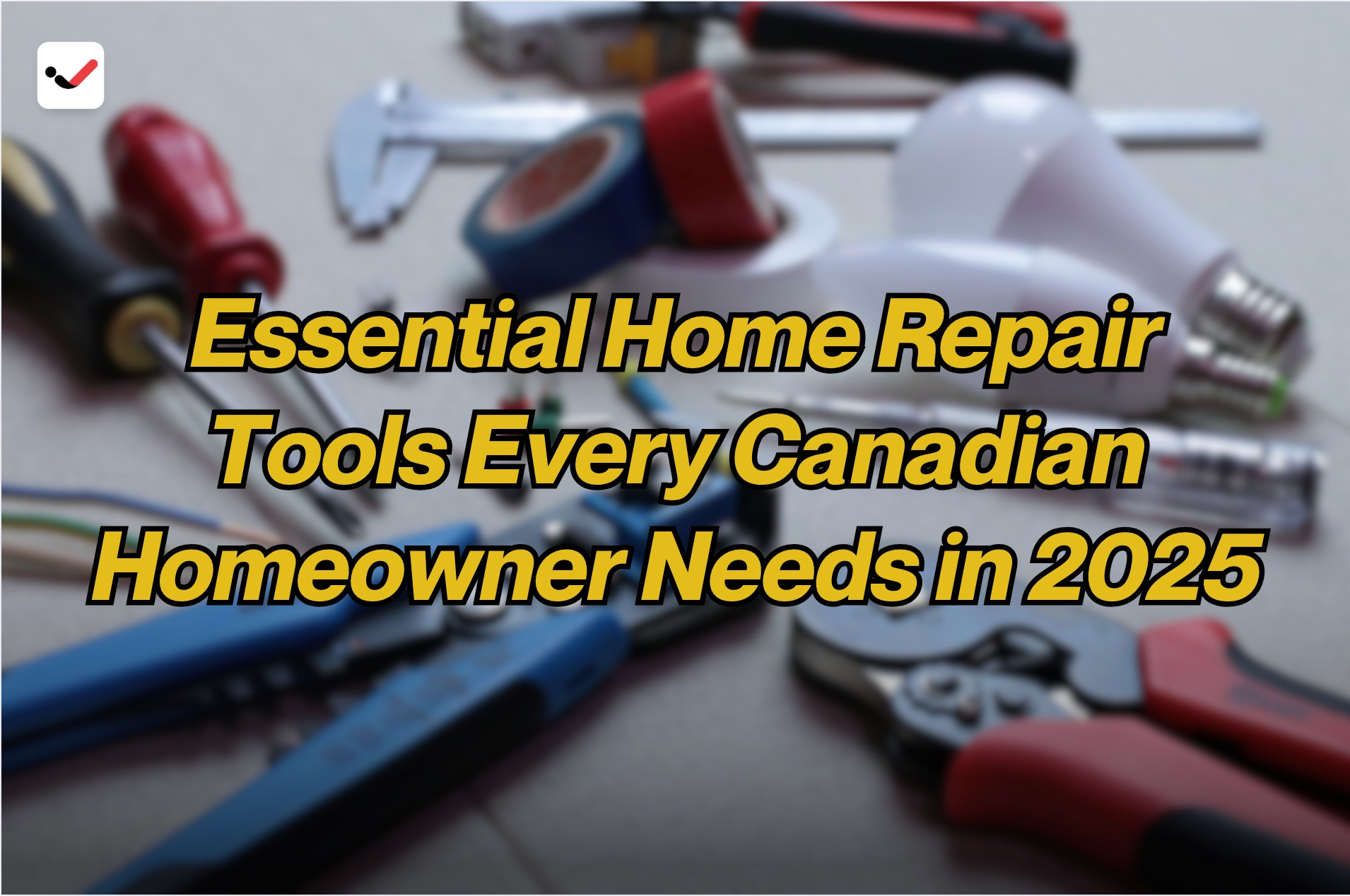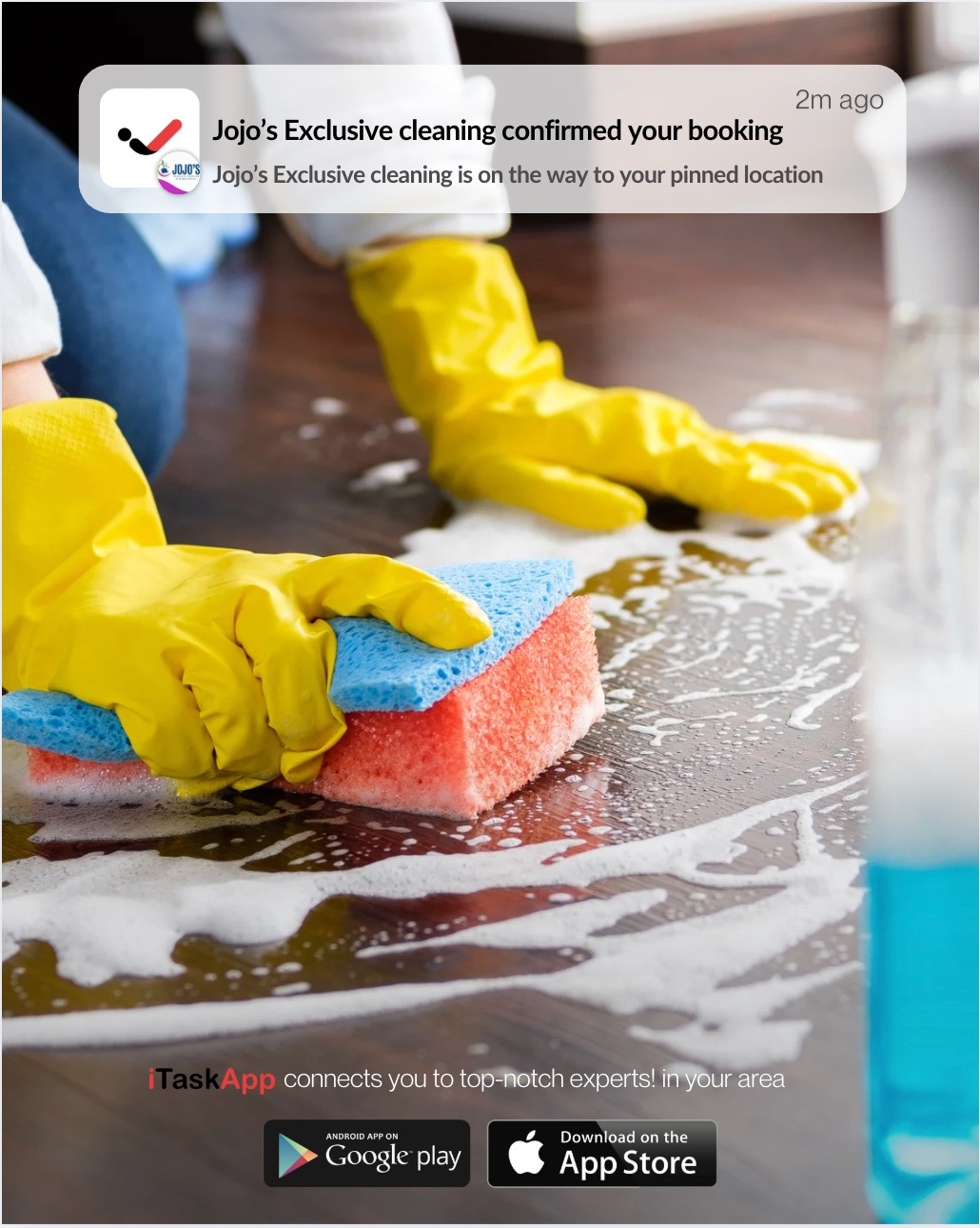Essential Home Repair Tools Every Canadian Homeowner Needs in 2025
Essential Home Repair Tools Every Canadian Homeowner Needs in 2025

Owning a home in Canada comes with its fair share of responsibilities. Whether you live in a downtown Toronto condo or a detached home in Alberta, there’s always something that needs fixing. From harsh winter damage to wear and tear from everyday use, repairs are part of homeownership. That’s why having the right home repair tools isn’t just helpful—it’s necessary.
In 2025, Canadian homeowners are more hands-on than ever. With the rising costs of professional services, many people choose to tackle basic tasks themselves. To do that safely and effectively, you need a toolbox stocked with essential tools for home repairs and maintenance. This list includes the most important tools that every homeowner in Canada should have this year.
1. Cordless Power Drill
A cordless power drill is a must-have tool in any home. It helps with hanging shelves, installing curtain rods, assembling furniture, and fixing loose hinges. Make sure to get a model with multiple speed settings and a lithium-ion battery, which holds a charge longer—especially important during long Canadian winters when indoor tasks pile up.
Look for a drill that includes a set of drill bits and screwdriver heads. This way, you can handle different materials like wood, metal, and drywall. For homeowners focused on DIY home repair, a good cordless drill saves time and energy.
2. Hammer
No toolbox is complete without a claw hammer. It’s perfect for driving nails, removing nails, and light demolition. Choose one with a comfortable grip and a balanced weight. Fibreglass or steel handles last longer, especially in cold and damp Canadian climates.
Whether you’re doing a small wall repair or building a deck, a hammer is one of the most used tools in home maintenance. It’s simple, reliable, and always needed.
3. Screwdriver Set
A full screwdriver set—including both flathead and Phillips screwdrivers—is essential. You’ll need them for tightening cabinet doors, switching out light switch plates, and fixing appliances.
Magnetic tips are a great feature to look for, as they hold screws in place and prevent them from falling into hard-to-reach areas. If you’re serious about DIY home projects, consider an interchangeable screwdriver with multiple bits.
4. Adjustable Wrench
Plumbing problems are common in Canadian homes, especially in older buildings. An adjustable wrench helps with tightening or loosening nuts and bolts. It’s perfect for fixing leaky faucets, adjusting showerheads, and even minor car repairs.
Look for one with smooth operation and a non-slip handle. In 2025, many homeowners are focusing on smart maintenance, and a solid wrench makes plumbing jobs much more manageable.
5. Tape Measure
Accurate measurements are critical when doing repairs or upgrades. A 25-foot tape measure works for most indoor and outdoor projects, from measuring rooms for new flooring to checking if new furniture will fit.
For best results, choose a tape measure with easy-to-read numbers and a lock function. Canadian home improvement often involves tight spaces, so a tape that extends and retracts smoothly helps get the job done faster.
6. Utility Knife
A sharp utility knife is useful for cutting drywall, insulation, carpet, and packaging. It’s one of the most versatile tools in your kit. In 2025, many utility knives come with safety features like retractable blades and lock-in-place settings.
Keep extra blades on hand, as dull blades are dangerous and ineffective. Homeowners doing their own renovations or regular home repair tasks will find this tool indispensable.
7. Pliers
Every Canadian homeowner needs at least two types of pliers: needle-nose and slip-joint. These tools help with gripping, bending, cutting wire, and removing nails or staples. They are especially useful in electrical work and small repair jobs.
Rubber-coated handles offer better grip during cold temperatures. Whether you’re fixing a fence or installing a thermostat, pliers are always useful.
8. Level
A spirit level or laser level ensures that everything you install is straight—from floating shelves to picture frames. Even small crooked errors can ruin the look of a room.
In 2025, laser levels have become more affordable and user-friendly, but a classic bubble level still works well for most indoor projects. Homeowners in Canada know how important clean, level lines are for both aesthetics and function.
9. Stud Finder
Before you drill into drywall, especially in modern Canadian homes, use a stud finder to avoid hitting pipes or wires. It helps locate wall studs for mounting heavy items like TVs, shelves, or cabinets.
Electronic stud finders are fast and accurate. They’re a smart addition to any toolbox if you want to avoid costly mistakes during home repairs.
10. Flashlight or Headlamp
Power outages and dark workspaces are common during Canadian winters. A bright flashlight or LED headlamp is essential for emergency repairs and working in basements, attics, or crawlspaces.
Rechargeable models are ideal for long-term use. In emergency home maintenance situations, visibility is everything.
11. Caulking Gun
Sealing windows, bathtubs, and sinks helps prevent water damage and air leaks—two major concerns in Canadian homes. A caulking gun allows you to apply sealant precisely where needed.
Using caulk improves energy efficiency and helps lower heating bills during winter. For homeowners trying to keep homes warm and dry in 2025, this tool is a low-cost, high-impact investment.
12. Safety Gear
Basic safety gear includes safety glasses, work gloves, and hearing protection. Don’t overlook these items. Even small home repairs can cause injury without proper protection.
Many Canadian DIYers now wear knee pads and dust masks during flooring or sanding projects. Safety is key when doing repairs, and it starts with having the right protective equipment.
Being a homeowner in Canada means staying ready for whatever your house throws at you—be it frozen pipes, loose deck boards, or drywall cracks. Having these essential home repair tools in 2025 means you can fix common problems quickly and confidently.
With more Canadians embracing do-it-yourself repairs and maintenance, the right tools can save time, reduce costs, and keep your home safe and functional. Whether you’re a new homeowner or a seasoned DIY veteran, investing in a quality set of tools is one of the smartest moves you can make.

